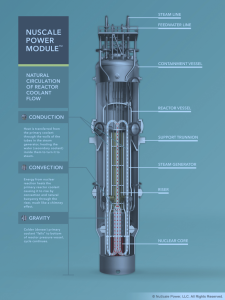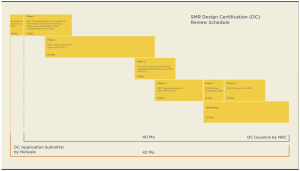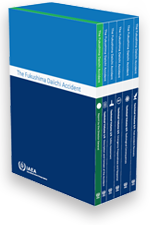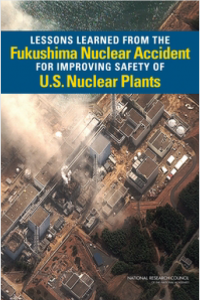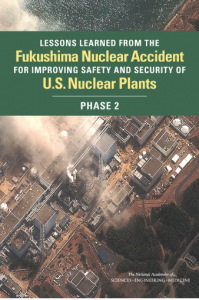Peter Lobner
This is good news for all Californians and California businesses that depend on the State’s rather fragile electrical grid as their primary source of electric power!
On 2 March 2023, the U.S. Nuclear Regulatory Commission (NRC) granted an exemption to Pacific Gas & Electric Co. (PG&E) that would allow the Diablo Canyon 1 & 2 nuclear power plants to continue operating while the NRC considers its license renewal application. The NRC press release stated:
“The exemption granted today will allow those licenses to remain in effect provided PG&E submits a sufficient license renewal application for the reactors by Dec. 31, 2023. The NRC will continue its normal inspection and oversight of the facility throughout the review to ensure continued safe operation. If granted, the license renewal would authorize continued operation for up to 20 years.”
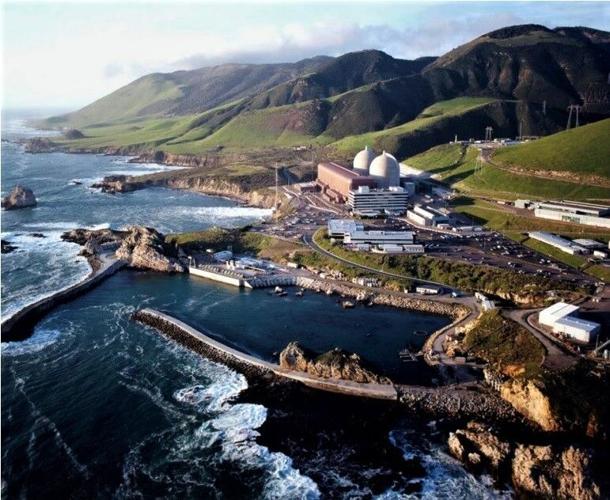
Source: Pacific Gas & Electric Company
You can read the full NRC press release here: https://www.nrc.gov/cdn/doc-collection-news/2023/23-015.pdf
You can track the status of the Diablo Canyon license renewal process on the Nuclear Regulatory Commission website here: https://www.nrc.gov/reactors/operating/licensing/renewal/applications/diablo-canyon.html
You may recall that, in 2016, many environmental groups and state legislators claimed victory in getting the commitment from PG&E to close the Diablo Canyon nuclear power plant early. Here’s just one example of that sentiment at the time:
“In a major victory for environmentalists, California is going nuclear-free, ending atomic energy’s more than half-century history in the state. On Tuesday, one of the state’s largest utilities agreed to a proposal endorsed by environmental groups and labor unions to shutter California’s last operating nuclear power plant, Diablo Canyon, by 2025.” (Source: Democracy Now, 22 June 2016).
In my 2016 post, “The Nuclear Renaissance is Over in the U.S.,” I noted:
“On 21 June 2016, PGE issued a press release announcing that they will withdraw their application to the NRC for a 20-year license extension for the Diablo Canyon 1 & 2 nuclear power plants and will close these plants by 2025 when their current operating licenses expire. PGE will walk away from about 41 GW-years of carbon-free electric power generation.”
Almost seven years ago, it was quite apparent to many that the early closure of Diablo Canyon would not be good for California or the environment. It took that long for the state government to understand the situation and support the current effort to get the Diablo Canyon operating licenses extended. Better late than never. However, in their shortsighted view, the state government seems to be supporting a license extension only through 2030. If the legislators have their way, California will reclaim only a small portion of the carbon-free electric power generation that would be available from the 20 year operating license extensions that the NRC may grant.
I’d like see the California legislature and the associated complex web of state agencies that have a stake in this matter unanimously acknowledge that nuclear power is an important contributor toward energy de-carbonization. In addition, I’d like to see that same group acknowledge that nuclear power plants are important for delivering reliable 24/7 generating capacity to the CALISO grid, and thereby helping maintain stability on a grid with a large fraction of variable-output, renewable generators. If those factors are important to California’s government, then perhaps there is a future for nuclear power in the state, including the new generation of small, modular reactors (SMRs). California state support for nuclear power generation would open many exciting options for modernizing and decarbonizing electric power generation, transmission and distribution throughout the state, while ensuring that reliable electric power is available to all residents and business, many of which are seeking to decarbonize their activities by replacing their fossil fuel use with electricity that is available as needed, 24/7.
You can call that my California dream.
For more information:
- “NRC Grants ‘Timely Renewal’ Exemption to Allow Continued Operation of Diablo Canyon Nuclear Power Plant,” NRC press release No. 23-015, 2 March 2023: https://www.nrc.gov/cdn/doc-collection-news/2023/23-015.pdf
- “NRC grants ‘timely renewal’ exemption for Diablo Canyon,” American Nuclear Society NewsWire, 2 March 2023: https://www.ans.org/news/article-4794/nrc-grants-timely-renewal-exemption-for-diablo-canyon/
- “After Decades of Protest, Last California Nuclear Plant to Close & Be Replaced by Renewable Energy, Democracy Now, 22 June 2016: https://www.democracynow.org/2016/6/22/after_decades_of_protest_last_california
